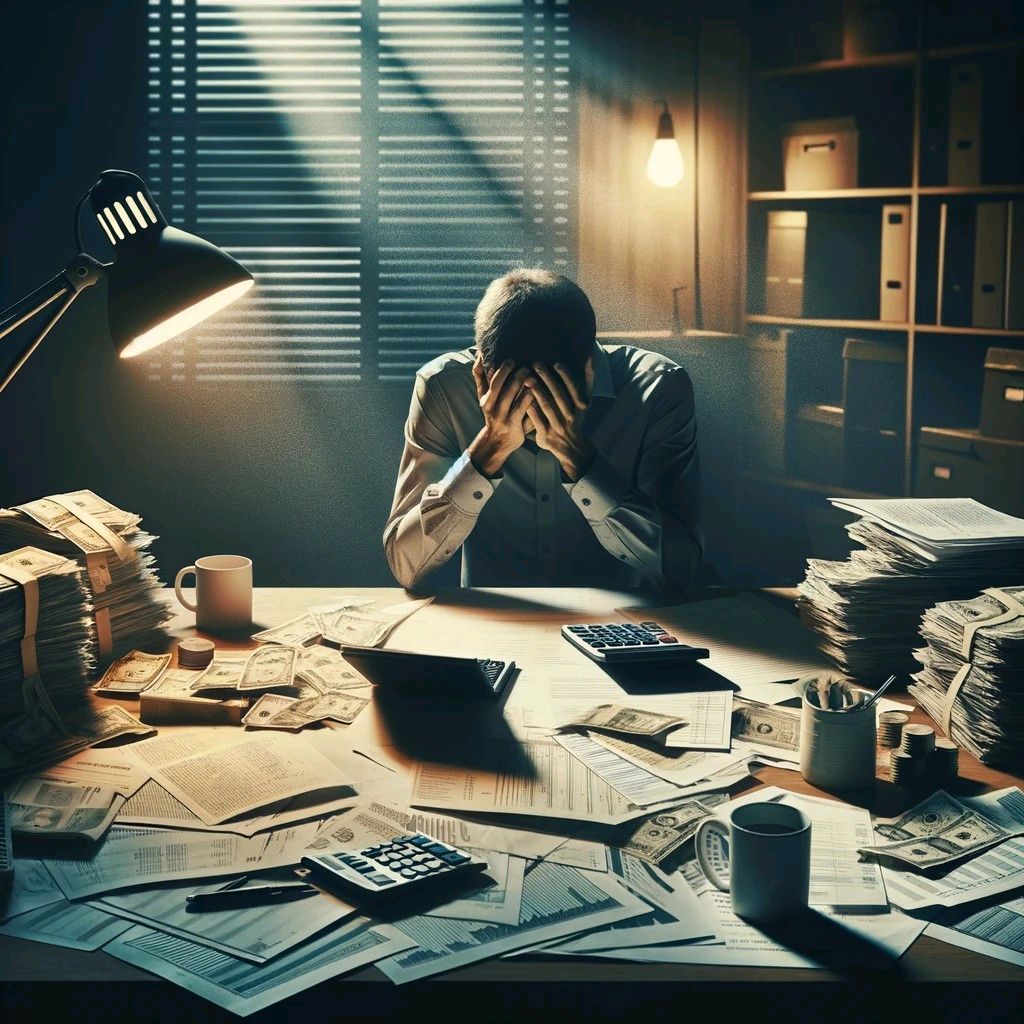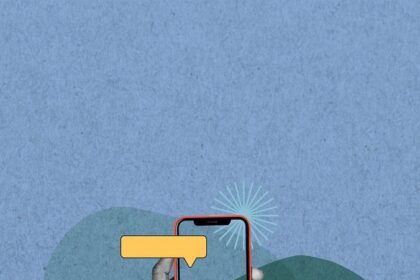In the entrepreneurial world, exhaustion is often misinterpreted as evidence of dedication. Founders who brag about sleeping four hours a night or skipping vacations can appear to embody grit and commitment. Yet burnout is not a badge of honor. It is a red flag signaling unsustainable work patterns that erode health, diminish productivity, and ultimately threaten business survival.

The World Health Organization officially classified burnout as an “occupational phenomenon” in 2019, defining it as chronic workplace stress that has not been successfully managed. Despite this recognition, many leaders still glorify overwork. This culture of endurance might win admiration in the short term, but in the long run it costs businesses innovation, resilience, and talent retention.
The Myth of Productive Overwork
For decades, stories of entrepreneurs surviving on coffee and 100-hour weeks have shaped startup culture. Elon Musk’s claim of working 120 hours per week in Tesla’s early days or Marissa Mayer’s infamous “130-hour workweek” at Google have fueled the perception that extreme hours are required to succeed.
But the data tells another story. A Stanford University study found productivity per hour declines sharply when a person works more than 50 hours per week. After 55 hours, output drops so drastically that additional work becomes nearly meaningless. In other words, burnout doesn’t create high performance, it destroys it.
Burnout’s Hidden Costs on Business
The financial cost of burnout is staggering. According to the American Institute of Stress, workplace stress leads to approximately $300 billion in lost productivity annually in the U.S. alone. Beyond the economic toll, burnout undermines creativity and decision-making, two qualities entrepreneurs cannot afford to lose.
Consider the case of Japanese corporations, where “karoshi” (death by overwork) became a national crisis in the 1980s. The government has since implemented regulations to curb excessive work hours, acknowledging that companies cannot thrive if employees collapse under pressure. Global businesses should heed this lesson: resilience and recovery are more valuable than relentless output.
The Human Impact: Health and Leadership
Burnout is not just about fatigue. The Mayo Clinic lists its symptoms as emotional exhaustion, cynicism, and reduced ability to perform. Physically, it increases risks of heart disease, insomnia, and depression. Leaders who glorify burnout unintentionally model unhealthy behaviors for their teams, perpetuating a cycle of overwork.
Research from Deloitte found that 77% of professionals have experienced burnout at their current job. For entrepreneurs, the risk is even higher: they often conflate their identity with their venture, making it harder to step back. But leadership requires clarity and long-term vision, qualities that collapse under chronic stress.
Actionable Steps to Prevent Burnout
- Set non-negotiable rest periods. Schedule recovery as seriously as client meetings.
- Redefine productivity metrics. Measure outcomes, not hours worked.
- Encourage mental health resources. Normalize therapy, coaching, or mindfulness practices in leadership.
- Delegate effectively. Avoid bottlenecking decision-making at the top.
- Foster balance in company culture. Reward creativity and results, not presenteeism.

Conclusion: A New Definition of Hustle
Burnout is not a trophy of commitment. It is a warning that ambition has outrun sustainability. For entrepreneurs, the goal should not be to outwork everyone else, but to outlast and outperform through resilience. The real badge of honor is building a business and a life that endures.






